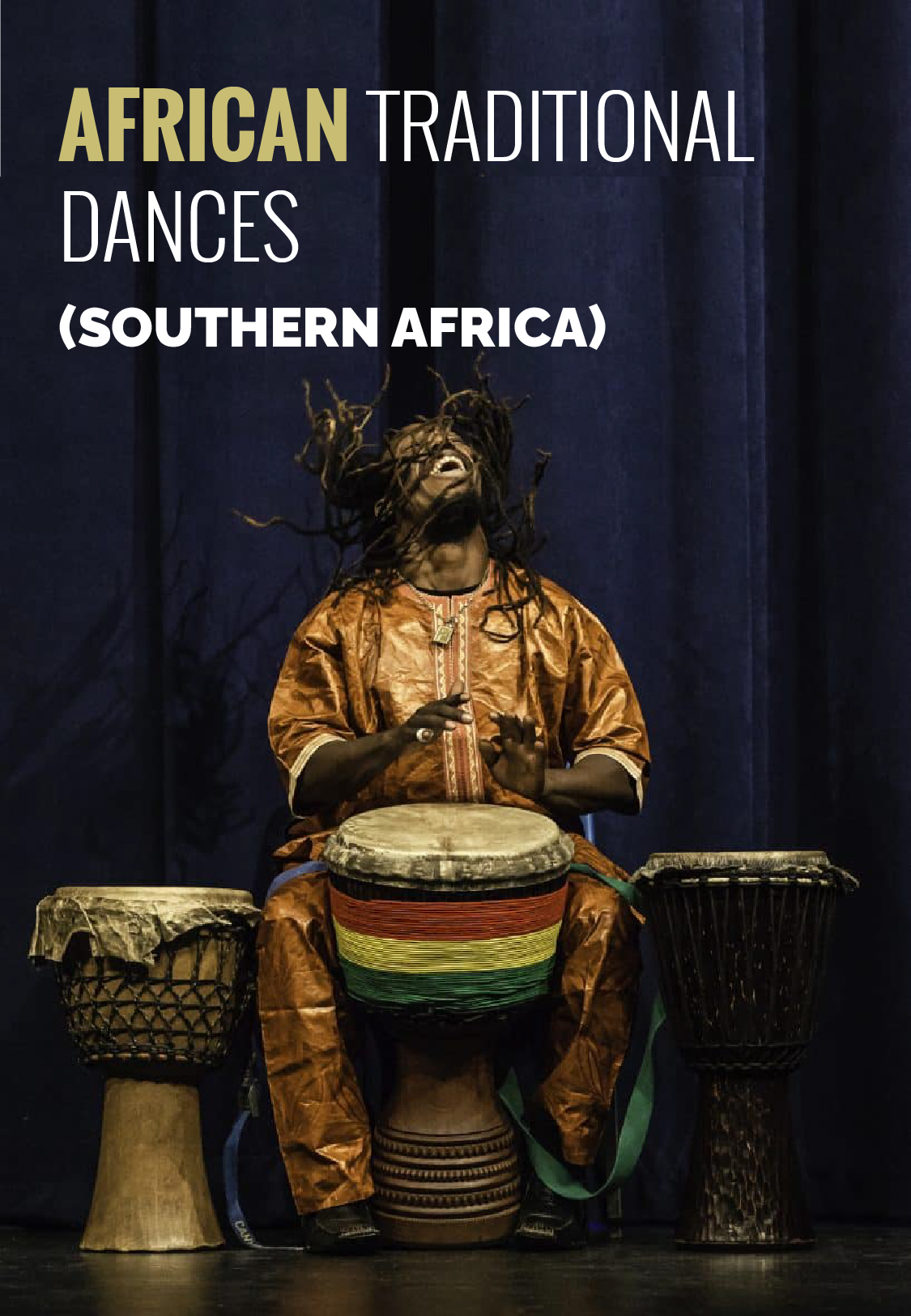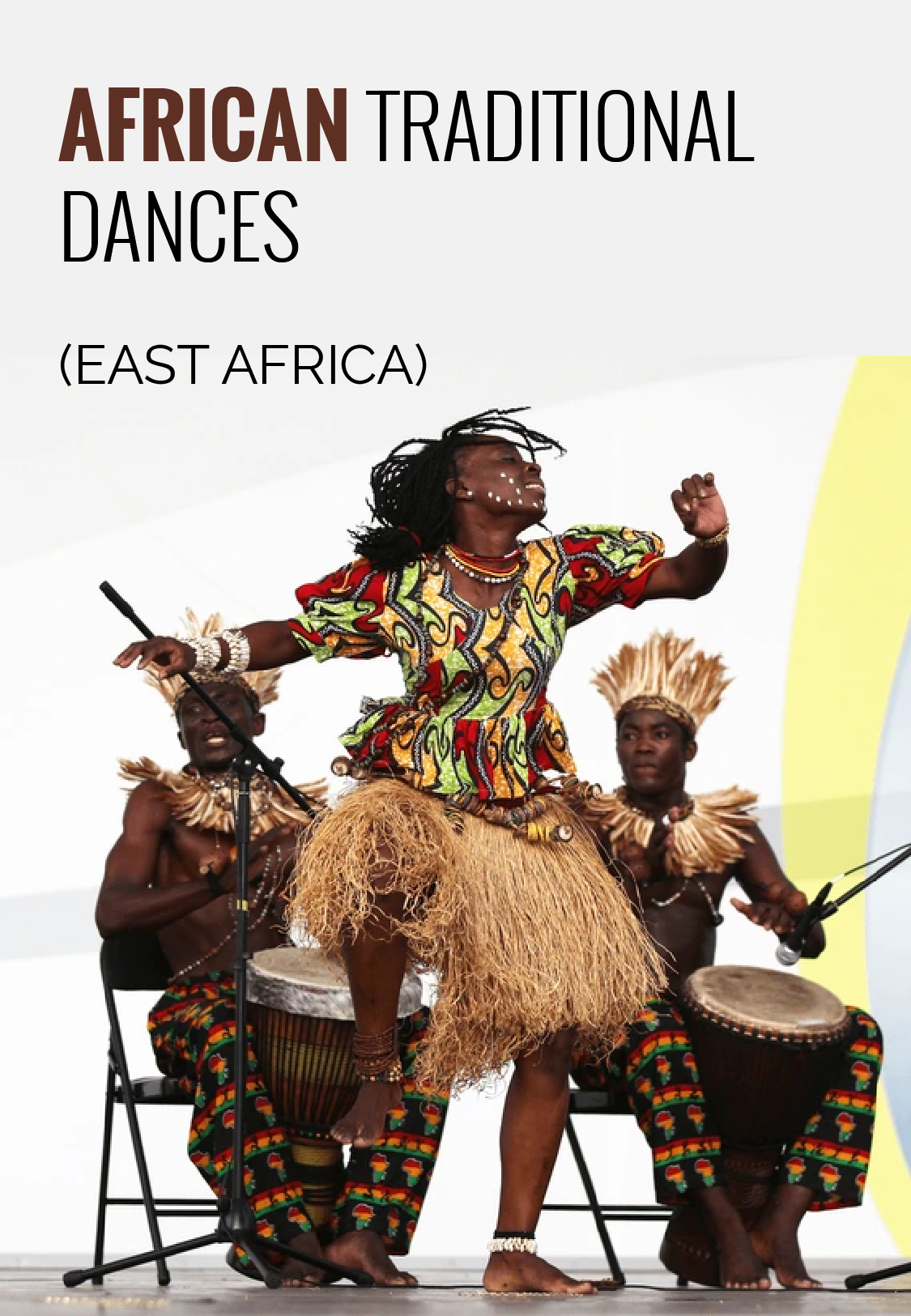The Surma, also known as the Suri, are a fascinating ethnic group residing in the southwestern region of Ethiopia, near the border with South Sudan. They are known for their distinctive body art, ornate decoration, and unique cultural practices that have captivated the interest of people worldwide.
The Surma tribe is characterized by their rich cultural heritage, intricate body adornments, and communal way of life. Their customs and traditions offer a glimpse into the unique identity of this remarkable group.
-
Ornate Body Decoration: One of the most distinctive features of the Surma people is their intricate body art. Both men and women engage in elaborate scarification and body painting, creating intricate patterns on their skin using a combination of ash, clay, and pigments. These patterns hold social, cultural, and aesthetic significance.
-
Lip Plates: Perhaps the most iconic aspect of Surma culture is the practice of wearing lip plates. Young women begin this practice by inserting progressively larger clay or wooden plates into their lower lips, creating a stretched and adorned appearance. Lip plates symbolize beauty, social status, and cultural identity.
-
Nomadic Lifestyle: The Surma people traditionally lead a semi-nomadic lifestyle, moving with their cattle herds in search of grazing lands and water sources. Cattle are central to their livelihood, providing sustenance and status within the community.
-
Livelihood and Subsistence: Aside from cattle herding, the Surma people engage in agriculture, cultivating crops like sorghum, maize, and beans. They also practice hunting and gathering, contributing to their diverse subsistence strategies.
-
Social Structure: The Surma society is organized into clans or family groups, with strong communal ties. Village life centers around shared responsibilities, and decisions are often made through consensus within the community.
-
Rituals and Ceremonies: Rituals and ceremonies play a crucial role in Surma culture. Initiation rites, weddings, and other significant life events are celebrated with elaborate dances, songs, and traditional practices that reinforce the community's values and beliefs.
-
Spirituality and Beliefs: The Surma people practice animism and believe in the presence of spirits in natural elements. They revere their ancestors and conduct rituals to honor and seek guidance from them.
-
Challenges and Changes: The Surma tribe, like many indigenous groups, faces challenges related to modernization, environmental changes, and cultural preservation. External influences and development projects impact their traditional way of life.
The Surma tribe's visually striking appearance, cultural practices, and strong sense of community have captured the curiosity of people from around the world. Their commitment to preserving their unique identity and traditions amidst a changing world reflects the resilience and depth of the Surma culture.






![Agribusiness Insights (Plantain farming [gonja]) Agribusiness Insights (Plantain farming [gonja])](http://alkebulantv.africa/upload/Movie thumbnails/plantain p-01.jpg)



Share